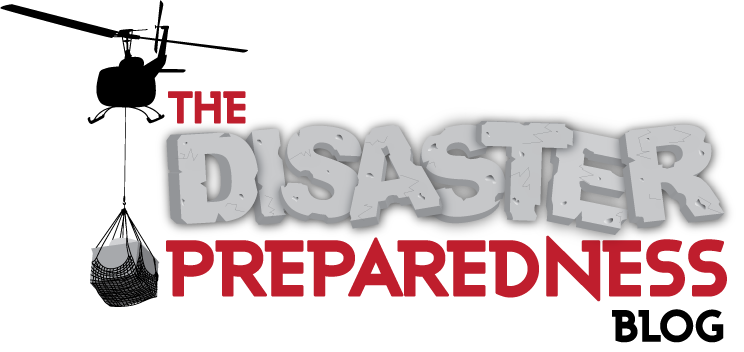The earthquake and subsequent tsunami in Japan makes us all realize just how fragile life can be, and how powerful the forces of nature are. Events like these can be both unpredictable and unforgiving to our ways of life.
Japan was, and remains to be, one of the best prepared countries in the world when it comes to earthquakes and tsunami preparedness. The building codes are one of, if not the best in the world and yet no amount of preparedness can keep such events from happening to us anywhere in the world.
As I sit and write this I shudder to think about how such an event might impact other cities and countries around the world if the same event occured in another place. It reminds me of a conversation I once had with someone about being prepared to go at a moments notice with my go-bag ready at all times.
I would like to think that I am ready, but the truth is you never really know until that time is upon you. I only hope I never will be tested or have to put my last resort SHTF plan to work.
With this said, my thoughts and prayers are with the Japanese people in there time of need. I ask that if you can to please make a donation to a charity that is actively helping the Japanese to recover.
A good one is always the Red Cross the only thing that you should be aware of when making donations to other charities is to be sure they are legitimate since fraud becomes an unfortunate event during these tragedies.
Just so you are aware March 27, 2011 kicks off Tsunami Awareness week, and I will be doing some posts on that starting that week.
So far estimated costs of the disaster are estimated to be around $180 Billion (U.S.) and the death toll estimated to be around 10,000 and expected to climb as whole towns and infrastructures have been wiped out.
 Wednesday, July 27, 2011 at 3:28PM | |
Wednesday, July 27, 2011 at 3:28PM | |  Email Article
Email Article 






